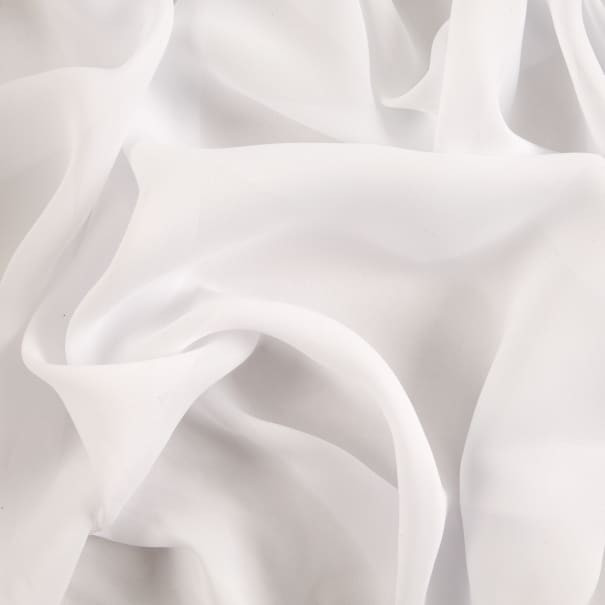The Rise of Online Fashion in the US: A Changing Landscape
The fashion industry has undergone a significant transformation in recent years, largely driven by the rise of online shopping. The U.S. has witnessed an evolution in how people shop for clothes, accessories, and shoes, moving from traditional brick-and-mortar stores to the convenience and variety offered by online platforms. The pandemic accelerated this shift, and even as restrictions eased, the trend toward online fashion has remained a central aspect of consumer behavior. In this article, we will explore how online fashion has become a dominant force in the U.S., the benefits it offers, key trends, and the challenges the industry faces as it continues to evolve.
1. The Growth of Online Fashion Shopping in the US
Over the past decade, the fashion industry in the U.S. has increasingly embraced the digital revolution. According to a report by Statista, online retail sales in the U.S. are projected to continue growing year-on-year, with fashion-related purchases accounting for a significant portion of that growth. In 2023 alone, U.S. consumers were expected to spend over $100 billion on online fashion items.
Several factors have driven this surge in online fashion shopping. The convenience of shopping from home, easy access to a wide range of products, and the ability to compare prices across multiple retailers are just some of the factors contributing to the shift. Moreover, the rise of social media platforms like Instagram and TikTok has further fueled the demand for fashion, providing users with a constant stream of fashion inspiration, influencer collaborations, and instant shopping links.
2. Key Benefits of Online Fashion Shopping
Convenience
One of the main draws of online shopping is its convenience. Consumers can browse through thousands of products, from clothes and shoes to accessories and beauty products, without leaving their homes. Online fashion retailers offer 24/7 access to their stores, allowing customers to shop whenever they want, whether it’s early in the morning or late at night. This flexibility is particularly appealing to those with busy schedules or those who may not have access to a wide variety of physical stores in their area.
Variety and Accessibility
Online platforms provide access to an endless variety of brands and designers, from high-end luxury labels to affordable fast-fashion options. Consumers can explore both global and niche brands, and they are not limited by the stock of a particular store. Additionally, online shopping offers a level of accessibility that physical stores often cannot match. Consumers in rural areas or those with limited access to major shopping hubs can shop from anywhere in the country, bringing fashion trends directly to their doorstep.
Personalization and Recommendations
Another benefit of online fashion shopping is the personalized experience it offers. Many online retailers use algorithms to recommend products based on a consumer’s browsing history, preferences, and purchase patterns. This personalized shopping experience helps consumers discover items they might not have otherwise considered. Some brands also offer virtual styling services, where customers can get personalized fashion advice from stylists, helping them make informed choices.
Convenient Return Policies
Many online fashion retailers offer free returns, which has been a major factor in convincing consumers to embrace online shopping. Shoppers can try on items at home and, if they don’t fit or meet expectations, return them for a refund or exchange. This “no risk” approach to purchasing has made online fashion a viable option for many who previously preferred the experience of physically trying on clothes.
3. Key Trends in Online Fashion
Sustainability and Ethical Fashion
As awareness of environmental and social issues grows, many consumers are turning to online fashion brands that prioritize sustainability and ethical production. Brands like Patagonia, Reformation, and Everlane are gaining traction for their commitment to environmentally friendly practices, such as using sustainable materials, reducing waste, and ensuring fair labor practices.
This trend has prompted even traditional fast-fashion brands to consider their environmental impact and make changes in how they operate. Online platforms like ThredUp, Poshmark, and Depop have also gained popularity by providing second-hand and vintage fashion, further contributing to the circular fashion economy.
Social Media Influence
Social media has become a driving force in the online fashion industry, influencing trends, consumer behavior, and brand collaborations. Instagram, TikTok, and Pinterest are platforms where consumers discover new fashion items, watch influencers showcase clothing, and see real-time outfit inspirations. These platforms have made online fashion more accessible by allowing users to shop directly through in-app features and links.
TikTok, in particular, has become a major player in shaping fashion trends, with viral challenges, “haul” videos, and influencer-led content driving immense traffic to online stores. As a result, fashion brands are investing more in influencer partnerships, social commerce, and digital marketing strategies tailored to these platforms.
Conclusion The online fashion industry in the U.S. has made significant progress in a relatively short time. The convenience, variety, and personalization offered by online shopping have made it a staple of modern consumer behavior. While the rise of social media and sustainable fashion are key trends shaping the industry, challenges like returns and sustainability remain prominent. As technology and consumer expectations evolve, the future of online fashion promises to be exciting and full of possibilities. Whether you’re looking for the latest trends or eco-friendly alternatives, the U.S. online fashion market offers something for every shopper.



